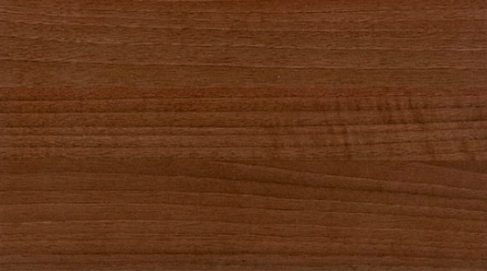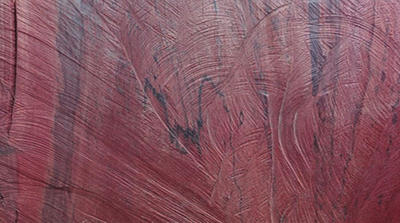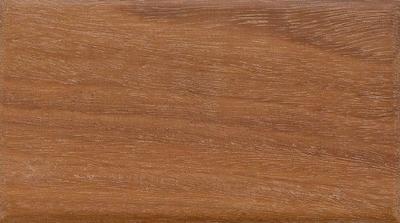Caimito
Scientific Name: Chrysophyllum cainito L.
Other Common and Commercial Names: Caimitillo, Lechecillo (Puerto Rico), Canela (Mexico), Caimito morado (Venezuela), Kokoritiballi (Guyana), Balata blanca (Perú), Massaranduba-rana (Brazil), Aguay, Carne de Vaca (Argentina).
Appearance: Bark of light brown or pinkish color rather dark brown, with gradual transition to sapwood.
Characteristics: Luster fairly low to medium; fine to medium texture; pretty straight grain; smell and taste absent or not distinctive.
Weight: Basic specific gravity (ovendry weight/ green volume) ranges from 0.60 to 0.90; air drying density from 50 to 70 pcf.
Working properties: A remarkably hard and abrasive wood that requires resistance to the wear of the cutters for a satisfactory machining; It can be finished without problems
Uses: Wood is used for posts and in buildings. The leaves of this plant are attributed antidiabetic properties. The fruit is edible. Shade plant, for decoration and honey.



